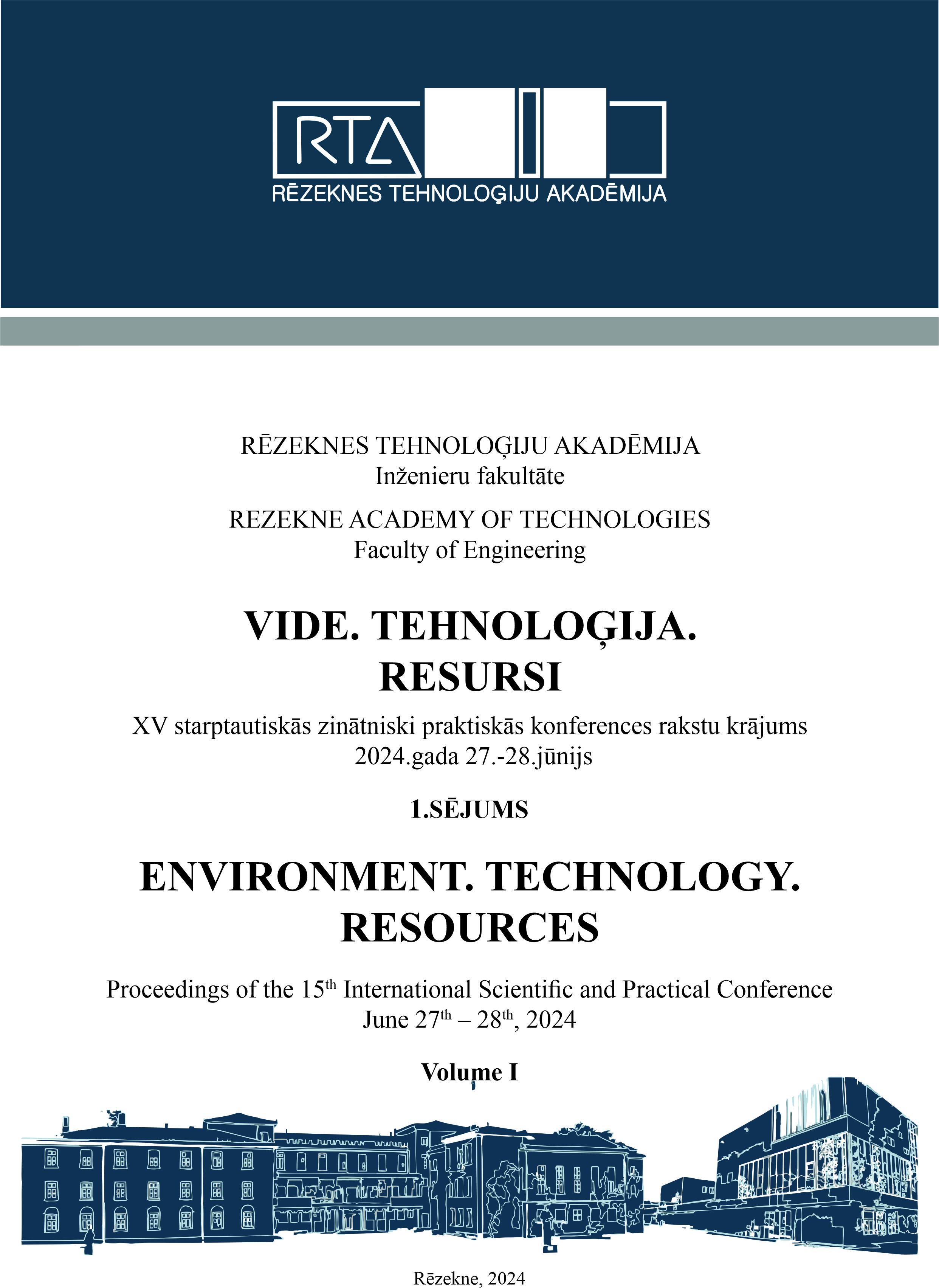POSSIBLE IMPROVEMENTS OF PERSONAL INCOME TAX IN LATVIA
DOI:
https://doi.org/10.17770/etr2024vol1.7960Keywords:
Income Tax, Taxation systems, Tax in LatviaAbstract
In the European Union lot of taxes are as equal between the Member States as possible to the extent of interests of each Member State. At the same time there are some taxes that can make a big competition between countries. Personal Income Tax is the tax that affects competitiveness between the Member States, including between Latvia, Lithuania and Estonia. This was especially relevant in 2023 and is becoming more and more important in 2024, when many international companies are choosing a country to build their central office or manufacture in the Baltic region or make decision on continuation or extension of presence in the particular country. Thus, in addition to various other aspects, competition for workforce is impacted by tax rates applied to personal income having direct impact on each individual and interests. The balance between interests of the state and private individual is being managed via amendments in legislation which are also based on theories. ;
The methods applied in this study are literature review and regression analysis. They help to assess Latvian progress in comparison to Lithuania and Estonia via method of comparison analyses development and relationship among strategic indicators of Personal income Tax development in Latvia. Due to confirmation of authors analyses expertise assessment method is used.;
The most popular theory on the issues is connected to “The Laffer Curve” and the two effects on revenues: the arithmetic effect and the economic effect. Thereby, the practical aspects of competition for higher salaries and number of residents needs to be highly evaluated by minimizing the risk of decrease of income and lack of expected result.
References
A.Atkinson and J.Stiglitz, The structure of indirect taxation and economic efficiency, Journal of public economics 1, 1972, pp. 98.
J. Mirrlees, Optimal tax theory: A synthesis, , Journal of public economics, Volume 6, Issue 4, 1976, pp. 336.
A. Laffer, The Laffer Curve: Past, Present, and Future, 2004. [Online]. Available https://www.heritage.org/taxes/report/the-laffer-curve-past-present-and-future [Accessed February 12, 2024]
E. Kropa, Nodokļu slogs Latvijā – joprojām vislielākais Baltijā, [Online]. Available https://www.financelatvia.eu/news/nodoklu-slogs-latvija-joprojam-vislielakais-baltija/ [Accessed February 12, 2024]
Inflation calculator [Online]. Available https://stat.gov.lv/lv/inflacijas-kalkulators [Accessed February 12, 2024]
Law on personal income tax [Online]. Available https://likumi.lv/ta/id/56880-par-iedzivotaju-ienakuma-nodokli [Accessed February 12, 2024]
Lithuanian State Tax Inspectorate [Online]. Available https://www.vmi.lt/evmi/en/gyventoju-pajamu-mokestis2 [Accessed February 12, 2024]
Ministry of Finance Republic of Latvia, Report on Tax Comparison [Online]. Available https://www.fm.gov.lv/lv/media/10656/download [Accessed February 12, 2024]
OEDC, Tax on personal income [Online]. Available https://data.oecd.org/tax/tax-on-personal-income.htm#indicator-chart [Accessed February 12, 2024]
United Nations, The 17 goals, 2023. [Online]. Available https://sdgs.un.org/goals [Accessed February 12, 2024]
Downloads
Published
Issue
Section
License
Copyright (c) 2024 Ivars Avotiņš, Gita Avotiņa, Rosita Zvirgzdiņa

This work is licensed under a Creative Commons Attribution 4.0 International License.



